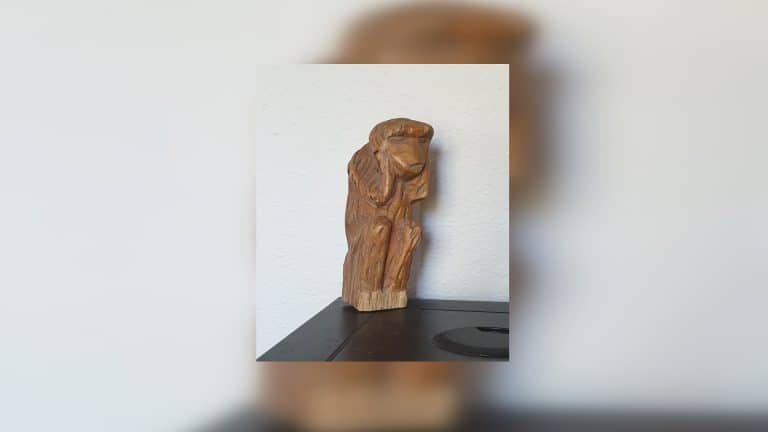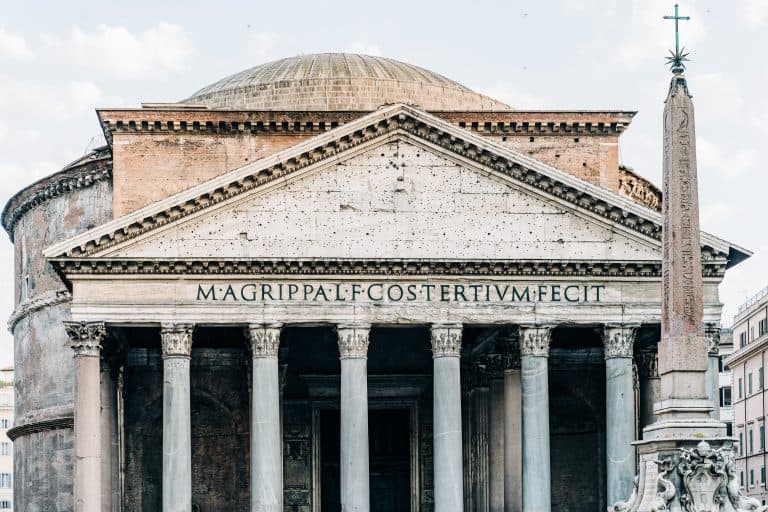Building beautifully as rebellion
“Beauty is vanishing from our world because we live as though it did not matter.”
– Roger Scruton
If you were to look from afar over the suburbs of Johannesburg, two things would catch your eye. The voluminous amount of trees and the horror of the structures beneath those trees. These structures are called ‘homes’, but they’re merely a sacrifice to the gods of efficiency.
South Africa is a land of immense natural beauty, which is negated by the ugliness of architecture. Modern offices are towers of steel and glass, while modern homes are face-brick monstrosities. The average suburban road is a confounding mixture of concrete, wire and crumbling tarmac.
The professional class travel on the crumbling tarmac to their offices. These offices resemble refugee camps. Every building has the same vital characteristics – concrete parking underneath with elevators taking the worker bees to the glass and shield structure above. There is no internal ventilation, so air conditioning has to be installed. The working area has many desks in an open-plan setting with no privacy. Single serving instant coffee (with a plastic spoon) is served in a paper cup. Blinds cover all the windows as the sun searingly blinds the bees working within. The entire class of business architecture has been designed to promote efficiency, rendering the entire thing anti-human. Human beings need sunlight, solitude and beauty around them. The modern office offers none of those things, which leaves one to infer that modern life explicitly detests beauty.
But it does not have to be this way.
But it does not have to be this way.
Human beings flourish in human-scaled towns that exhibit the best characteristics of the local community. Beauty is an essential element of these flourishing societies. Beauty has objective and subjective elements, but the most important thing is that beauty should be pursued for its own sake. The utilitarian seeking philosophy has to end. It won’t end in political or economic power; however, it will have to organically grow outside of global capitalism.
However, the solution is not to raze Sandton to the ground and build it anew; instead, it is to build our own small but beautiful town.
Wrath of Gnon has written a fantastic piece on this subject, so I will leave the technicalities to him, but the essential thing to understand is that a new town has to be human-scaled. A resident will need to walk from one end of the town to the other in under thirty minutes. The scale of the town will define the characteristics of the town. The scale will also ensure that beauty will be exhibited around every corner, within the very buildings of the town. Public spaces need to have ample vegetation and flora to accompany the ethos of the town itself.
The scale of the town will define the characteristics of the town.
A centrally located town square should exhibit the economic and cultural prowess of the residents. Most squares or plazas exhibit a few common characteristics: a place of worship, the administrative centre and a court. It will not be remiss to have the economic hub of the town in the plaza as well.
A plaza has a few uses, but the most important one is cultivating the town’s identity. Still, more importantly, it is a space where the residents can partake in work, recreational or economic activities.
One of the best public squares is based in Rome; Piazza Navona was built in the first century after Christ; it is still used as a public meeting place for the residents of Rome. It is replete with classical architecture and world-famous statues (such as Fontana Dei Quattro Fiumi). To this day, a Christmas market is held every year within the plaza. It is the central plaza of Rome and retains its significance based on its beauty and its ability to bring the residents of Rome into an area to celebrate occasions.
A crucial aspect of any small and beautiful town is the entrance. The entrance has to be grand, imposing and dignified. A boom gate will not suffice.
Lastly, a beautiful town will have to imbue a particular culture, the people who live within it. This is best exhibited through the architecture and colour scheme. Building materials will have to be as localised as possible, even if ‘quirky’. The blandness of steel and concrete will not cut it, so wood, stone and ceramics will have to be used to showcase the local geography and incentivise the local economy to provide the materials needed.
On a final note, the residents of a beautiful town will need to have skin in the game. It is familiar to delegate or contract out the administrative and physical aspect of maintenance and security but, the risks of destroying the essential elements of a beautiful town is too high. The residents of the town must have contractual obligations to their residency. Whether this includes defending the town, assisting with the maintenance or relaying a skill to the younger generation, the obligations of the residents will ensure that the town will exist long after they pass away. A town survives if the people within it want it to survive. Thus, the quality and characteristics of the residents must be relatively universal to all other potential residents.
The ugliness of modernity has real repercussions for people who live within it but, with time, effort and skin in the game, the effects can be negated by decoupling from modernity and embracing the beauty of local architecture and local skills. This will require some money, strategy, and action, but South Africa has all of those things in spades.

Roman Cabanac
Roman Cabanac is the founder of Morning Shot, a conservative news media company focused on helping South Africans become self-reliant, independent and anti-fragile.








Every scale of this issue is related to the nature and form of our economy. The materials we use, the form our buildings take, and the overarching urbanism – all are subservient to the economic system we have in place. It is not possible to retrofit stylistic elements from a feudal society into modern capitalism, for the same reasons that it’s not possible to do the reverse.
Thank you for sharing your precious knowledge. Just the right information I needed. By the way, check out my website at UQ9 about Cosmetic Treatment.
With your post, your readers, particularly those beginners who are trying to explore this field won’t leave your page empty-handed. Here is mine at UY6 I am sure you’ll gain some useful information about Thai-Massage too.
I know a lot of folks whom I think would really enjoy your content that covers in depth. I just hope you wouldn’t mind if I share your blog to our community. Thanks, and feel free to surf my website 63U for content about Airport Transfer.
Wow, this post has given me useful info and answered some of my questions. I hope to give something back and aid others like you helped me. Feel free to surf my website UY3 about Podcasting.